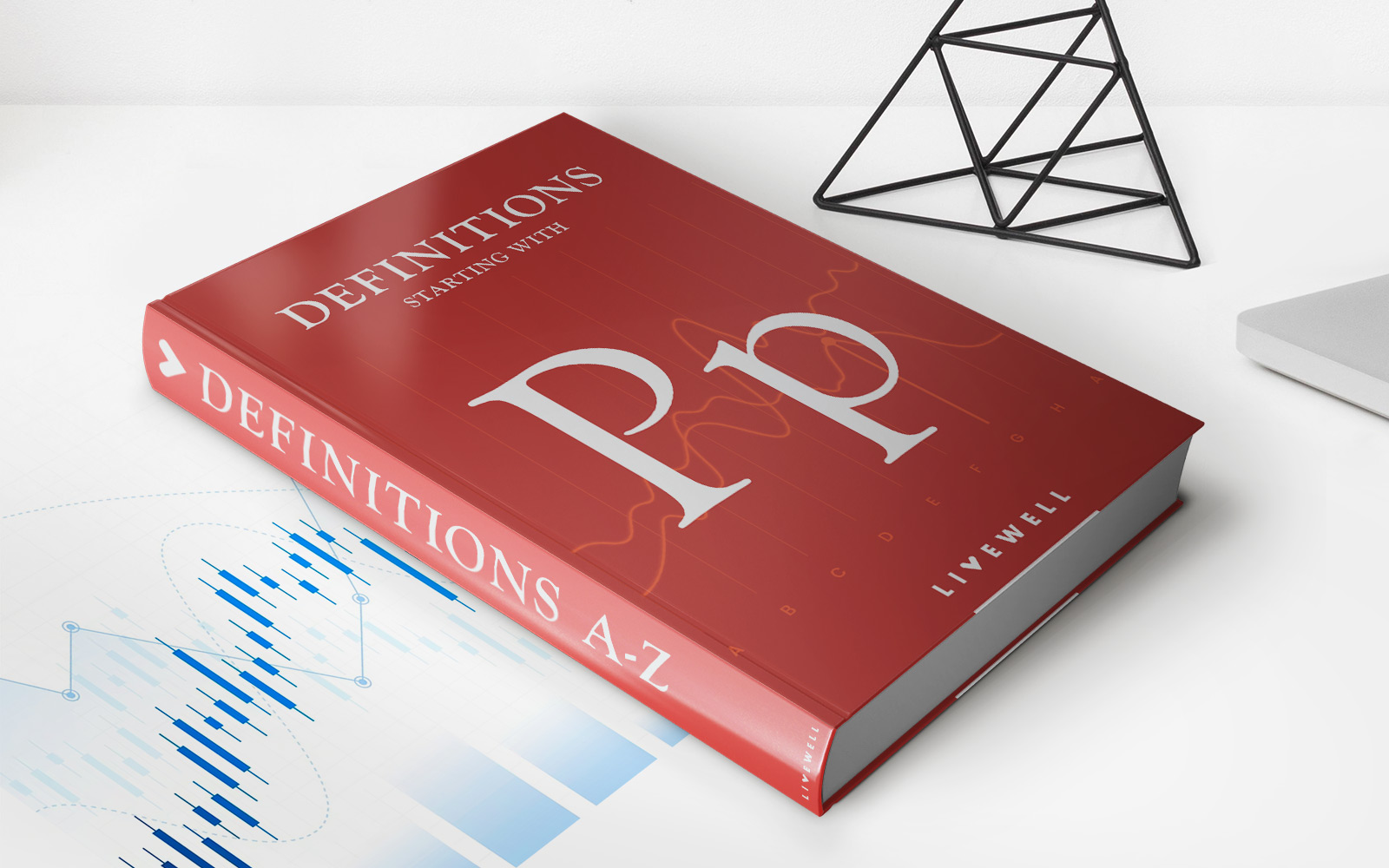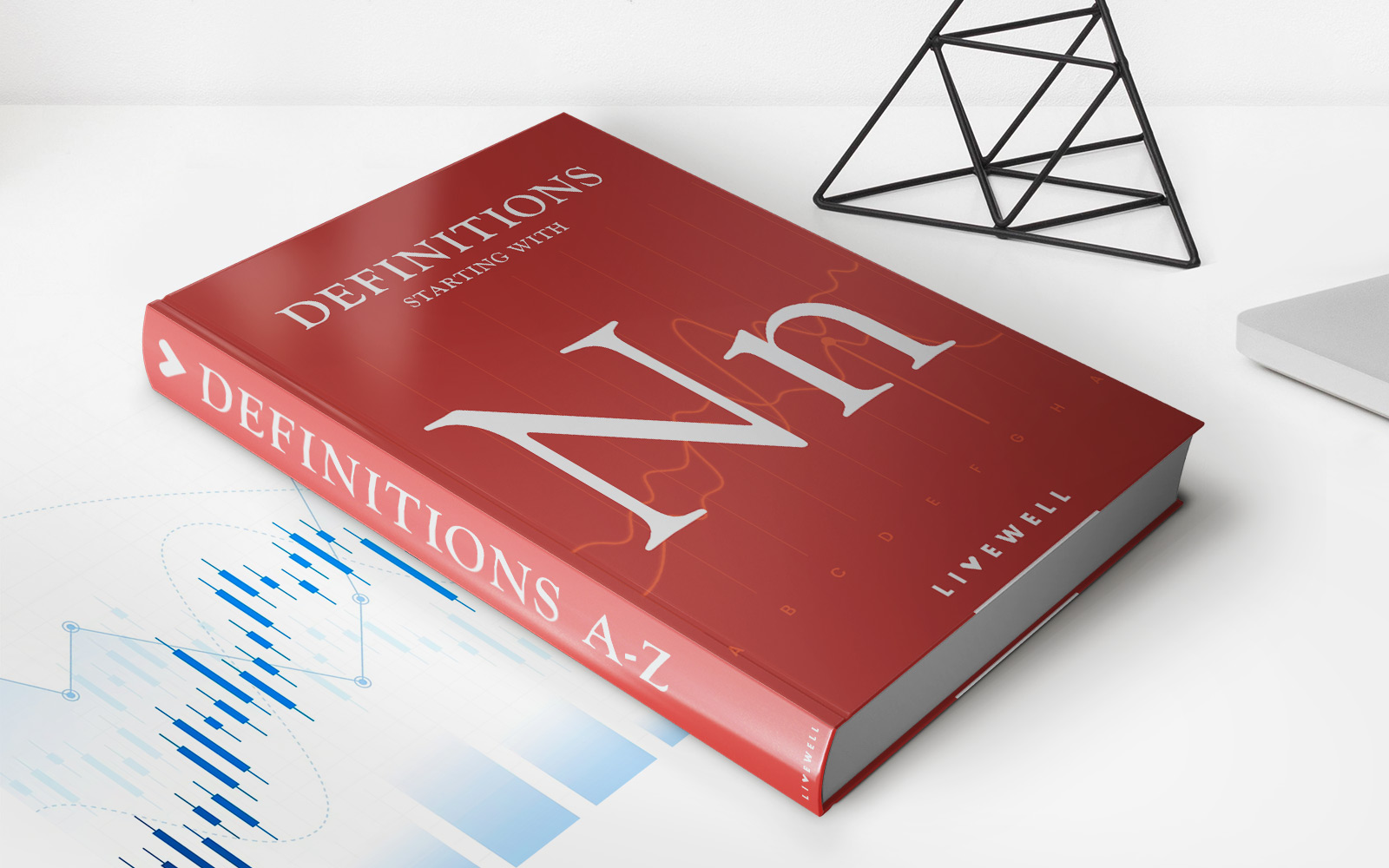Home>Finance>How Does Sears Mastercard Figure The Minimum Payment Due?


Finance
How Does Sears Mastercard Figure The Minimum Payment Due?
Published: February 27, 2024
Learn how Sears Mastercard calculates your minimum payment due and manage your finances wisely. Find out more about credit card payments and budgeting.
(Many of the links in this article redirect to a specific reviewed product. Your purchase of these products through affiliate links helps to generate commission for LiveWell, at no extra cost. Learn more)
Table of Contents
**
Introduction
**
When it comes to managing credit card debt, understanding how minimum payments are calculated is crucial. For Sears Mastercard holders, the minimum payment due can significantly impact their financial well-being. This article delves into the intricacies of how Sears Mastercard figures the minimum payment due, shedding light on the factors considered and the implications for cardholders.
Many individuals rely on credit cards for various purchases, and while convenient, it’s essential to comprehend the nuances of credit card payments to make informed financial decisions. By gaining insight into the minimum payment calculation process, Sears Mastercard holders can navigate their credit card obligations more effectively, potentially avoiding unnecessary fees and mitigating the long-term impact of debt.
Understanding the mechanics behind minimum payments empowers individuals to take control of their financial health. As we explore the factors that Sears Mastercard considers when determining the minimum payment due, readers will gain a comprehensive understanding of how their credit card obligations are structured. Moreover, by uncovering the impact of minimum payment calculation, cardholders can make informed choices to manage their credit card debt more strategically.
**
Understanding Minimum Payments
**
Minimum payments represent the lowest amount a cardholder must pay toward their credit card balance each month. While paying the minimum keeps the account in good standing, it’s essential to recognize that this approach may result in higher interest charges and a prolonged repayment period. Understanding the implications of making only the minimum payment empowers cardholders to make informed decisions about their financial obligations.
When it comes to Sears Mastercard, comprehending the dynamics of minimum payments is paramount. Cardholders should be aware that the minimum payment is typically a percentage of the total balance, subject to a minimum dollar amount. This percentage can vary based on factors such as the outstanding balance and the card’s terms and conditions. By grasping this concept, Sears Mastercard holders can gauge the potential impact of making minimum payments and assess their repayment strategy accordingly.
By gaining a clear understanding of minimum payments, cardholders can make informed decisions that align with their financial goals. It’s crucial to recognize that while paying more than the minimum can expedite debt repayment and reduce interest charges, consistently paying only the minimum can lead to a cycle of debt accumulation. This insight underscores the significance of comprehending the mechanics of minimum payments and their implications for long-term financial well-being.
**
Factors Considered by Sears Mastercard
**
When Sears Mastercard calculates the minimum payment due, several factors come into play. These elements not only influence the amount cardholders are required to pay each month but also impact the overall cost of carrying a balance. By understanding the factors considered by Sears Mastercard in minimum payment calculation, cardholders can gain valuable insight into their credit card obligations and make informed decisions regarding their financial management.
One crucial factor is the outstanding balance on the Sears Mastercard. The minimum payment is often calculated as a percentage of this balance, typically ranging from 1% to 3%. Additionally, the card’s terms and conditions, including any promotional or deferred interest balances, can affect how the minimum payment is determined. By familiarizing themselves with these terms, cardholders can anticipate the minimum payment amount and plan their finances accordingly.
Furthermore, the interest rate associated with the Sears Mastercard plays a pivotal role in minimum payment calculation. Higher interest rates can result in larger minimum payments, making it essential for cardholders to assess the impact of interest charges on their overall repayment strategy. Understanding how the interest rate influences the minimum payment empowers cardholders to proactively manage their credit card debt and explore options for mitigating interest costs.
Another factor to consider is any fees or charges accrued on the Sears Mastercard. These additional expenses can contribute to the total balance and, consequently, the minimum payment amount. By staying informed about potential fees and charges, cardholders can budget effectively and avoid surprises when the minimum payment is due.
By delving into the factors considered by Sears Mastercard in minimum payment calculation, cardholders can navigate their credit card obligations more effectively. Understanding how the outstanding balance, terms and conditions, interest rate, and additional fees influence the minimum payment empowers individuals to make informed decisions about their financial management, ultimately contributing to their long-term financial well-being.
**
Impact of Minimum Payment Calculation
**
The calculation of minimum payments by Sears Mastercard holds significant implications for cardholders. Understanding the impact of minimum payment calculation is essential for making informed decisions about managing credit card debt and optimizing financial resources. By delving into this aspect, individuals can gain valuable insight into the repercussions of making minimum payments and strategize effectively to mitigate potential challenges.
One notable impact of minimum payment calculation is its influence on the cost of carrying a balance. When cardholders opt to pay only the minimum each month, they may incur higher interest charges over time, potentially prolonging the repayment period. This can lead to increased overall costs and hamper efforts to achieve financial freedom. By recognizing this impact, Sears Mastercard holders can evaluate their repayment strategy and consider allocating additional funds to reduce their balance more aggressively.
Moreover, the impact of minimum payment calculation extends to the cardholder’s credit utilization ratio. This ratio, which compares the amount of credit used to the total available credit, is a crucial factor in credit scoring. Making only the minimum payment can result in a higher credit utilization ratio, potentially affecting the cardholder’s credit score. Understanding this impact empowers individuals to make strategic decisions about managing their credit card debt while safeguarding their creditworthiness.
Furthermore, the impact of minimum payment calculation on financial stability cannot be overlooked. Consistently paying only the minimum may lead to a cycle of debt accumulation, making it challenging for cardholders to achieve their financial goals. By recognizing this impact, Sears Mastercard holders can proactively assess their repayment capabilities and explore options for accelerating debt reduction, thereby fostering greater financial stability and well-being.
By comprehending the impact of minimum payment calculation, Sears Mastercard holders can make informed decisions to optimize their financial resources and mitigate the long-term implications of credit card debt. Understanding how minimum payments influence the cost of carrying a balance, credit utilization ratio, and overall financial stability empowers individuals to navigate their credit card obligations strategically, ultimately contributing to their financial well-being.
**
Conclusion
**
Understanding how Sears Mastercard calculates the minimum payment due is paramount for cardholders seeking to manage their credit card debt effectively. By unraveling the intricacies of minimum payment calculation and its implications, individuals can make informed decisions that align with their financial goals and priorities. The insights gained from this exploration enable Sears Mastercard holders to navigate their credit card obligations strategically, potentially avoiding unnecessary costs and fostering long-term financial well-being.
Throughout this article, we’ve delved into the mechanics of minimum payments, shedding light on their significance in credit card debt management. By recognizing that paying only the minimum can lead to higher interest charges and a prolonged repayment period, cardholders are empowered to evaluate their repayment strategy and consider allocating additional funds to expedite debt reduction.
Moreover, the factors considered by Sears Mastercard in minimum payment calculation, including the outstanding balance, interest rate, and potential fees, provide valuable insights for cardholders. By familiarizing themselves with these factors, individuals can anticipate the minimum payment amount and plan their finances proactively, ultimately optimizing their approach to credit card debt repayment.
The impact of minimum payment calculation on the cost of carrying a balance, credit utilization ratio, and financial stability underscores the importance of making informed decisions about managing credit card debt. By comprehending these implications, Sears Mastercard holders can navigate their credit card obligations with a heightened sense of awareness, potentially mitigating the long-term impact of debt accumulation and safeguarding their financial well-being.
In conclusion, by gaining a comprehensive understanding of how Sears Mastercard calculates the minimum payment due, cardholders can proactively manage their credit card debt, optimize their financial resources, and work toward achieving greater financial stability. Armed with this knowledge, individuals can make informed decisions that align with their unique financial circumstances, ultimately fostering a path toward long-term financial health and well-being.














